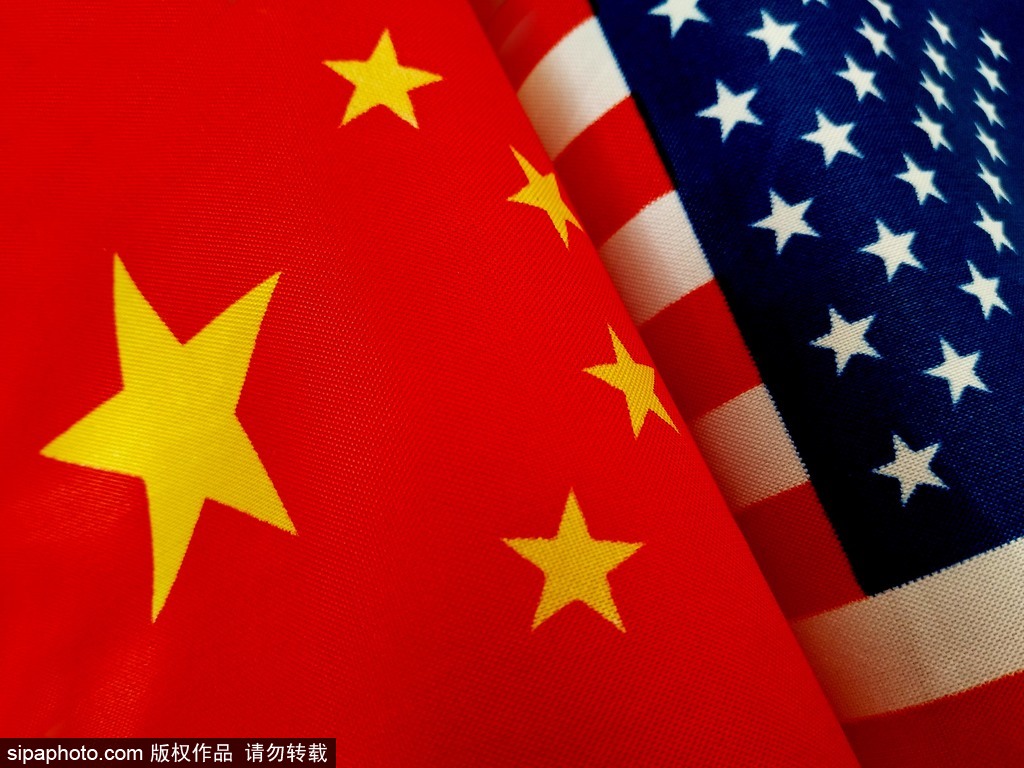Why US will fail in decoupling bid
By He Weiwen | China Daily | Updated: 2020-11-07 10:20

The Donald Trump administration seems obsessed with decoupling the United States from China. The tariffs it imposed on Chinese goods in 2018 and 2019 were initial attempts to that effect, which intensified both in rhetoric and action after the novel coronavirus pandemic broke out.
The US administration has also proposed the "Clean Network Initiative", which is aimed at excluding China from online retail platforms, apps, cloud, internet operators and the China-US seabed fiber-optic network, sparking widespread concern in both countries.
Useless efforts, wrong purpose
The US' decoupling efforts, including imposing additional tariffs on Chinese goods and calling American businesses to "reshore", or shift operations back to the US, have been futile, because in the first three quarters of this year, Chinese goods exports to the US increased 3 percent compared with the same period in 2017, that is, before the tariffs were imposed.
In fact, Chinese exports to the US in July, August and September soared by 15.6 percent, 22.4 percent and 19.4 percent year-on-year, with the average monthly export worth $44.16 billion, up 10.5 percent from 2018. And last year, Chinese mainland-made computers and electronics goods accounted for 37.6 percent of the US' total imports of such goods-more than the combined volume of Mexico, Malaysia and Taiwan, the second-, third- and fourth-largest suppliers.
As for electrical equipment, components and apparatus, 34.1 percent of US imports were from China, equal to the cumulative volume of Mexico, Japan and Germany, the second-, third- and fourth-largest suppliers. This pattern is not likely to change.
A new triangular trade pattern
Besides, a triangular trade pattern has developed among China, Vietnam and the US. After Washington triggered the trade war against Beijing, US imports from Vietnam started increasing, giving the impression that the US had found a reliable alternative supplier. But the fact is, part of the increased supply from Vietnam to the US originates in China.
US Commerce Department data show US imports from Vietnam during the first half of 2020 grew 8.5 percent year-on-year from $30.44 billion to $33.03 billion. And Chinese customs data show Chinese exports to Vietnam in the first three quarters increased 12.3 percent year-on-year from $69.57 billion to $78.02 billion. The US data also show that in the three years to June 2020, US imports from Vietnam increased 47.7 percent, while Chinese customs data show that in the three years to September this year, Chinese exports to Vietnam rose 56.4 percent.
Therefore, there is reason to believe that Vietnam has been importing materials and components from China, further processing them into finished goods and then shipping them to the US. In other words, the US administration's efforts to decouple with China have had little effect.
Besides, despite the outbreak of the pandemic, American companies have not "reshored". Instead, they have increased investments in China. In the January-July period alone, US companies invested in 860 new enterprises in China, because, as The Wall Street Journal put it, US businesses see China as a "safe haven" for their capital.
Cooperation on hi-tech and services still vital
The US high-tech ban on China may be causing difficulties to Huawei and other Chinese companies in the short term, but instead of dealing them a deadly blow, which is what the US wants, it will end up making these companies self-sufficient in high-tech fields such as semiconductor chips.
Huawei has already made alternative arrangements through its Huawei Mobile Service. And the Chinese government has mapped out a $1.4 billion semiconductor chip-making plan for 2020-25, with investments from both the public and private sectors, to attain 70 percent self-sufficiency, which could change the global high-tech landscape.
Ironically, the US ban could deliver a mortal blow to its own high-tech industry. For example, the global semiconductor chip market was worth $478.4 billion in 2018, with the Chinese market accounting for $158.4 billion, or 33.1 percent of the total-more than the US market ($103 billion) and European market ($43 billion) combined. Since the dependence of the top 10 US chipmakers on China was high, from 23 percent for Intel and 52 percent for Broadcom to 63 percent for Qualcomm and 80 percent for Skyworks Solutions, the loss of the Chinese market could threaten their survival.
The US semiconductor industry has 48 percent of the world market share, 18 percent of which is because of China. Which means if the US semiconductor industry were to decouple with China, it would lose 18 percent of the world market. And since US semiconductor companies stand to lose 16 percent of their revenue and 25 percent of R&D input, they cannot hold on to the leading position in semiconductor technology.
Asia decoupling with America?
No wonder in an article,"Who decouples whom? Are we just doing the opposite?", published in The Asian Times on May 25, US economist David Goldman said that while the US is pondering decoupling with China, the real scenario looks more like Asia decoupling with America.
Moreover, some recent developments have raised the US semiconductor industry's concerns. For example, Samsung, the world's largest semiconductor processor, announced on May 21 plans to build the world's largest chip processing factory for $8 billion and expand its memory chip factory in Xi'an, Shaanxi province; while Japanese company Toshiba announced a 195 billion yen ($1.9 billion) investment plan to build the world's largest semiconductor factory without using any US technology.
Alarm bells can already be heard in Washington. Qualcomm, Intel and other US companies have been lobbying for a change in the US administration's decoupling policy, which resulted in some relaxations on the high-tech ban, allowing Advanced Micro Devices and Intel to continue to supply Huawei.
Therefore, despite individual cases of trade and production shifts and certain high-tech restrictions, overall decoupling of economic relations and supply chains between China and the US is not possible.
The author is a senior fellow at the Chongyang Institute for Financial Studies, Renmin University of China. The views don't necessarily represent those of China Daily. Source: chinausfocus.com
























